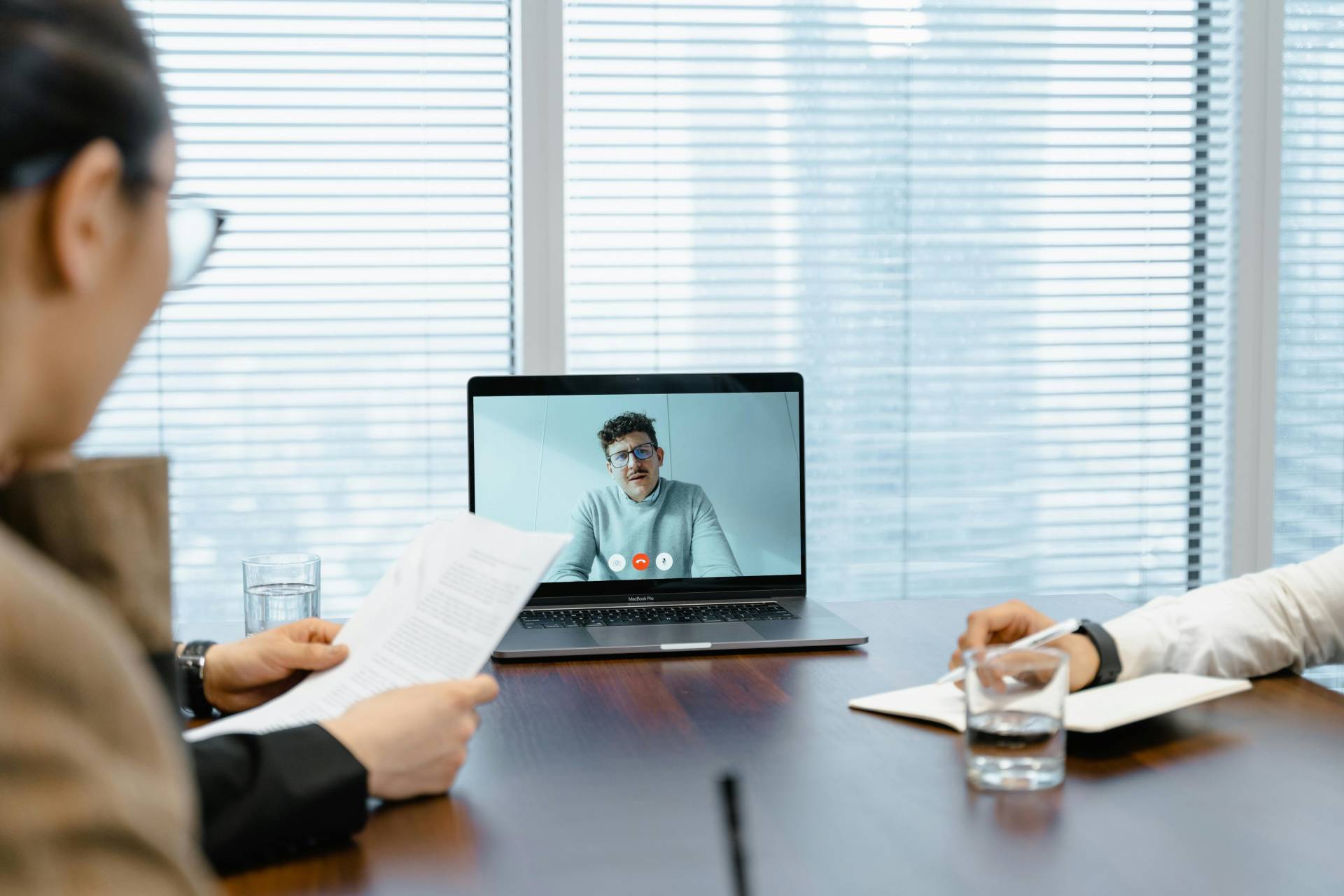Inclusivity is crucial for modern businesses. Making your workplace or services accessible to a wider range of people promotes equity in and outside the company. Virtual tours are an excellent way to achieve that.
Virtual tours come in many forms. They can be as simple as a digital walkthrough on people’s phones or computers or as immersive as virtual reality (VR) experiences. Whatever the specifics, there are great tools for ensuring accessibility and inclusivity if you implement them properly. Here’s how you can make the most of them.
Provide Virtual Tours for Customers
Depending on your business type, you may consider virtual customer-centric experiences. Manufacturers can give virtual tours of their facilities. Entertainment companies can use them to accommodate guests who can’t make it in person. Travel businesses could recreate far-away destinations in virtual replicas.
Businesses that historically rely on in-person visits have the most to gain from virtual tours. For example, the real estate industry saw an exponential increase in property showings once VR home tours became a reality.
Virtual alternatives to in-person business appeal to a wider audience. Many people have disabilities that hinder them from participating in in-person walkthroughs or may not be able to afford to travel to some destinations. Virtual experiences ensure everyone can enjoy your company despite these barriers.
Provide Virtual Tours for Employees
Customer experiences are the most obvious way to implement virtual tours, but they’re not the only ones. You can also offer virtual visits and vacations to employees.
You could let employees use company-owned VR equipment to enjoy immersive, relaxing experiences to reduce workplace stress. Alternatively, you could host virtual tours of exciting destinations without worrying about the logistics and inaccessibility of group travel. This technology could even be part of your work, like doing virtual walkthroughs of new company locations.
Virtual workplace experiences are particularly valuable for international employees. Global teams are most effective when everyone feels included and connected, which can be difficult in conventional workplaces. Using VR to bring everyone together in an engaging environment lets you overcome that obstacle.
Support Multiple Accessibility Technologies
Regardless of who you run virtual tours for, covering several options is important. Remember, the point of these experiences is to be more inclusive, so you should consider how different options accommodate various groups.
Many virtual experiences focus on immersion, which is great, but you should also have options for people with visual impairments. Text-to-speech software and audio descriptions of visuals can help. Similarly, providing hands-free options to control these experiences makes them more accessible to those with physical disabilities.
Some businesses may want to craft different virtual experiences for audiences of varying accessibility needs or education levels. Some companies offer separate experiences for varying grade levels, for example. Alternatively, you could create various tours based on audio, visual, or physical needs.
Consider Technological Barriers
Similarly, you should consider how some audiences may face technological obstacles. Offering a wider variety of virtual tours instead of relying on a single technology makes them more accessible.
VR is the most obvious and immersive way to offer virtual tours, but it’s also one of the least affordable. Headsets cost over $400 on average, and that doesn’t include the cost and availability of a fast enough internet connection. That may not be an issue if you buy VR gear as a company to offer your employees, but it limits consumer-facing or remote worker accessibility.
In-browser online virtual experiences or phone-based augmented reality (AR) tours are more accessible alternatives. They may be less immersive, but supporting these separate technologies ensures you can be more inclusive.
Virtual Tours Are the Future of Accessibility
Tours are a great way to connect with customers or make the workplace more engaging. Virtual alternatives let you extend these benefits to more people. On top of getting additional business, inclusivity can improve your public image, boost workplace morale, and accommodate people who traditional experiences may leave out.
If you’re planning on implementing virtual experiences, remember why you’re doing so. Consider how you can benefit customers and employees through these tours, support multiple technologies, and provide ways around technological barriers. You can create the most inclusive and engaging business experiences possible if you can do all that.
Featured image provided by MART PRODUCTION; Pexels; Thanks!

